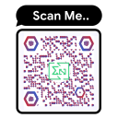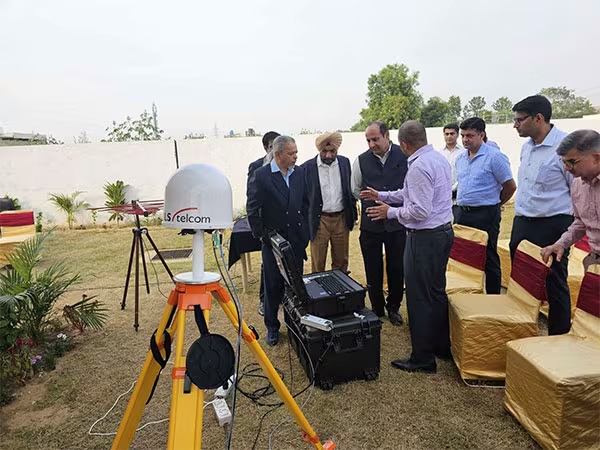Protecting establishments from the threat of Chemical, Biological, Radiological, Nuclear (CBRN) hazards including Electromagnetic Pulse (EMP), Intentional Electromagnetic Interference (IEMI) and Telecommunications Electronics Material Protected from Emanating Spurious Transmissions (TEMPEST) attacks.
Competitive Advantage: Why us?
1. Team:
2. Proprietary work:
- a. E3 disconnection for EMP (Patent Filed)
- b. Silent Room (An Electromagnetic shielded enclosure constructed from composite metallic panels, integrated with proprietary materials and technology, to form a completely “sealed” six-sided space with an entry and an exit and the provision of power, air-conditioning air-inlets and air-exhausts and data connectivity. The proprietary technology enables almost any size and shape of the room to be created. The enclosures can be sized to fit the host building and maximise the usable space. This room works on the principle of a Faraday's cage, providing a controlled environment, free from Electromagnetic Interference and ambient RF & Acoustic signals from entering or exiting the room). (Patent being filed)
- c. NBC filter testing regime. (Patent being filed)
3. Expertise amongst competitors for managing such projects :
Understanding of all the effects put together due to non-availability of data & lack of opportunity & experience in working in such niche & confidential projects. Envirya Projects is also incubated with IIT-Kanpur.
What are Chemical, Biological, Radiological & Nuclear (CBRN) threats ?
- 1. Expertise amongst competitors for managing such projects :
b. CBRN hazards include CBRN threats created from accidental or deliberate releases
- Toxic industrial materials.
- Chemical agents.
- Biological agents & biological pathogens.
- Radioactive material.
- Hazards resulting from the employment of WMDs.
- 2. Hostile state and non-state actors, including terrorists and their supporters, anti-social elements who possess or are seeking to acquire weapons of mass destruction (WMD) to create hysteria, bad blood in the country through usage of such deadly agents.
- 3. Therefore, an elaborate & effective measures are necessary to minimize or negate the vulnerability to and effects of CBRN contamination.

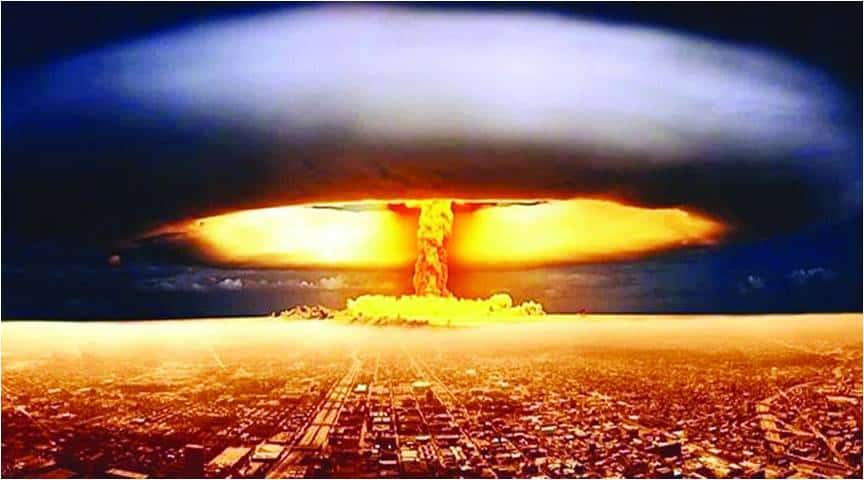
Nuclear: Types Of Burst And Effect
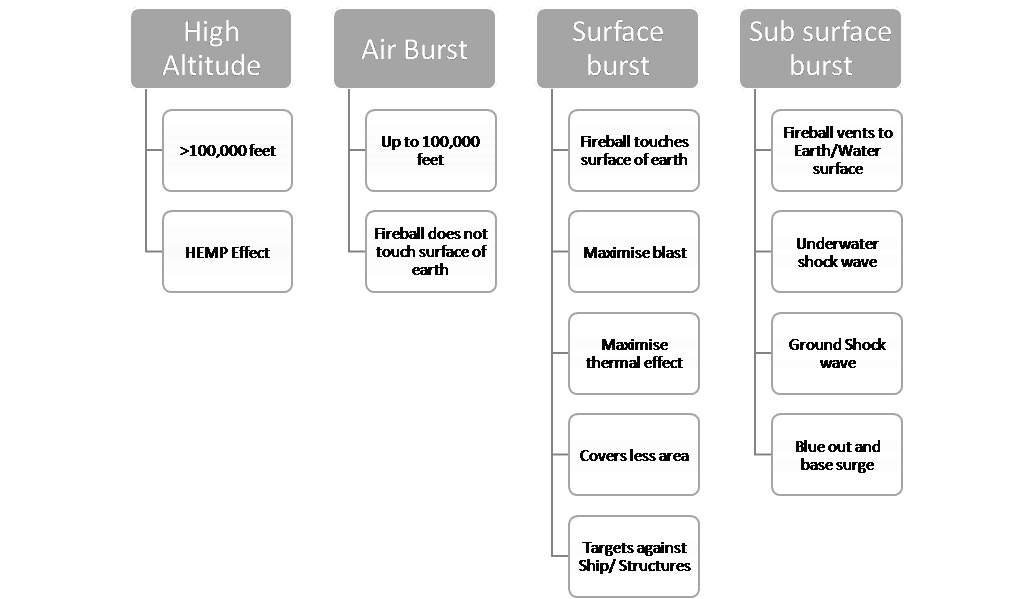
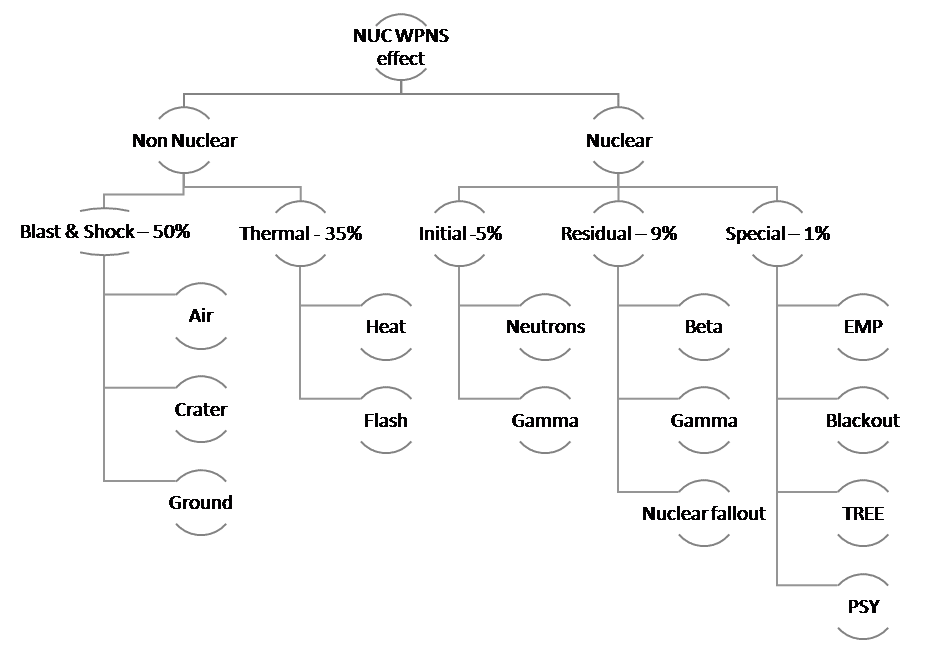
Nuclear: types Of Burst And Effect
Flash & fireball
- Intense blinding flash
- Intense heat
- < Millionth of second
- > Million degrees, gas to plasma
- Lethality 100% near Fireball
- Forms, rises, expands
- Creates Blast wave
- Releases Electromagnetic radiation sets up Flash Blindness, Mass Fires, Deep Burns & Lethal Radiation
Blast
- Static over Pressure due to compression
- Dynamic over pressure due to drag and wind
- High velocity radial expansion of residual gas
- Spherical expanding blast wave
- Equipment and personal vulnerable to dynamic over pressure
- Over pressure 2-8 times of incident wave
Shock
- Air blast loading creates a super seismic condition
- Ground Shock waves are air slap induced waves , Direct waves, Upstream induced or Head waves. Head waves are divided into Body waves & Surface waves.
- Surface Burst produces the max shock effect
- 1 KT surface detonation can destroy UG facility as deep as few 10s of meters.
- Shock front in water shall travel at 5 times the speed of Blast wave in air
Radiation
- Electromagnetic radiation and particulate radiation
- Initial radiation in 1st min from nuclear processes occurring at detonation
- Residual radiation after 1 min from decay of radioisotopes
- Residual radiation, is radioactive fallout & neutron induced activity
- Radiation hazard due to exposure or contamination
- Radiation effected by distance, time of exposure, dose, rate of dose, age, tissue
- Acute radiation syndrome, combined injury syndrome
- Prodromal, Lag, Main manifest illness
EMP and TREE
- EMP propagates through conducted & radiated pulse forms
- E1 pulse, nano second to micro second
- E1 50kV/m for HEMP, MV/m at source
- E2 pulse, micro seconds to milli seconds
- E3 pulse seconds to 1000 seconds
- TREE is due to fast moving neutrons and gamma rays
- Cause fadeout of electrical components & burnout of sensitive electronics
Thermal
- Greatest for low altitude blast
- 2 peaks
- 99% of thermal energy in 2nd peak
- Duration of pulse on yield and height ( 0.4 S for 1kT, 20 S for 10 MT)
- Burns and eye injuries
- Ignition of combustible materia
- Primary – Flash burn
- Secondary – Flame burn
- Flash blindness in 2-3 min day, 10-15 min night
- Secondary flame uses up all the oxygen
Nuclear: Blast Effect
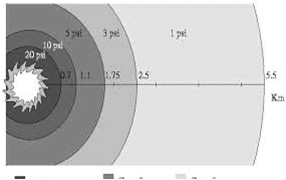
20KT Wpn - Fatalities are universal inside the red dots
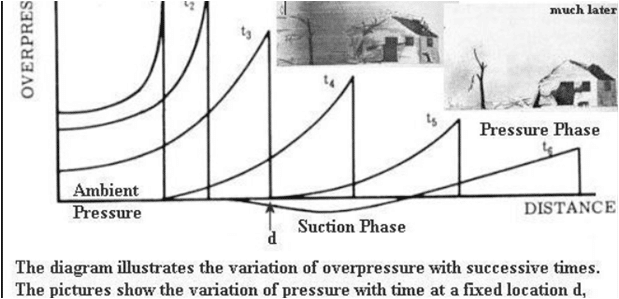
Blast Wave Passing Over a Structure
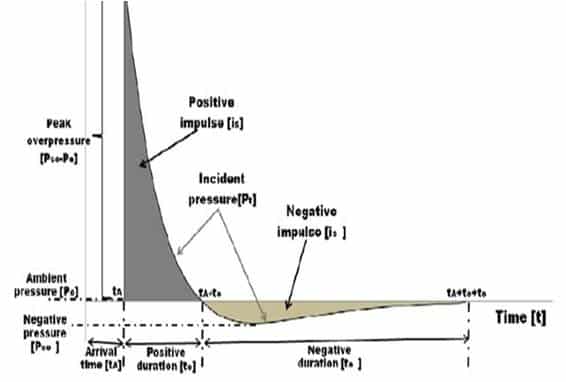
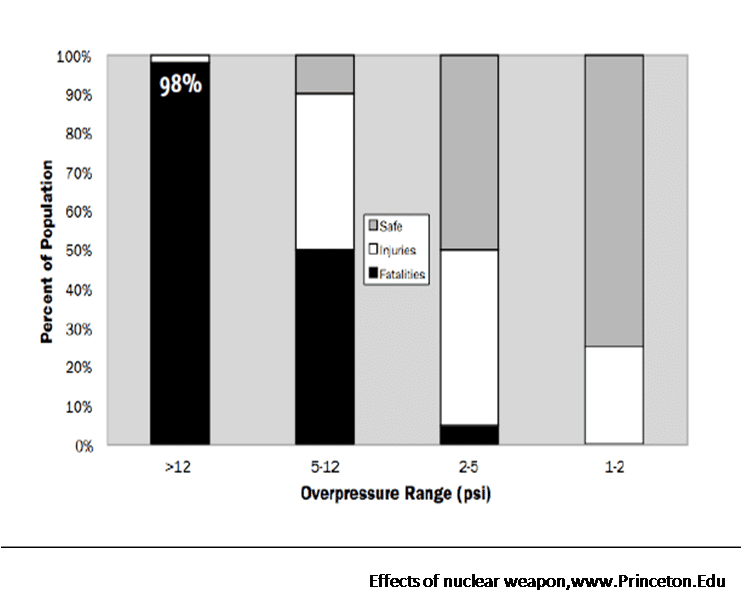
Nuclear: Radiation Effect
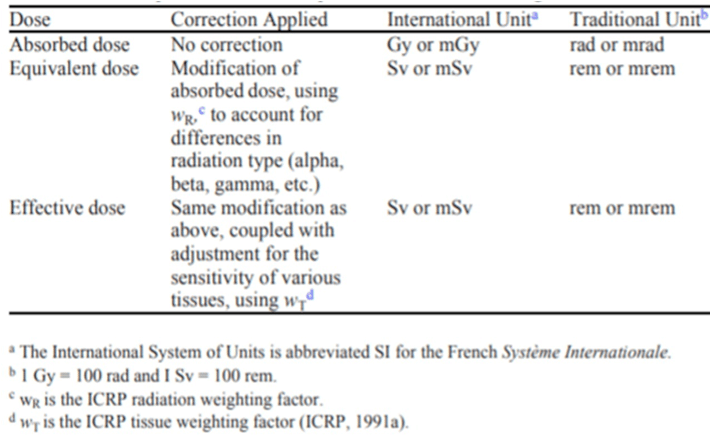
Effects On Humans
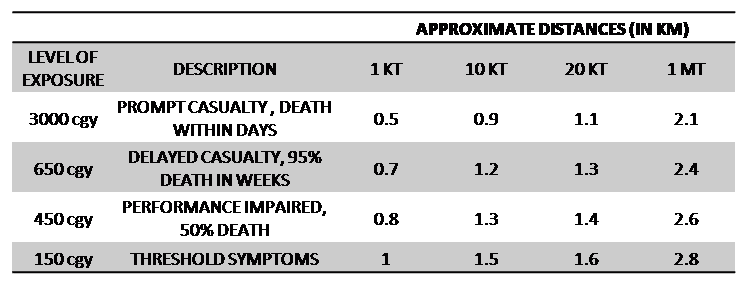
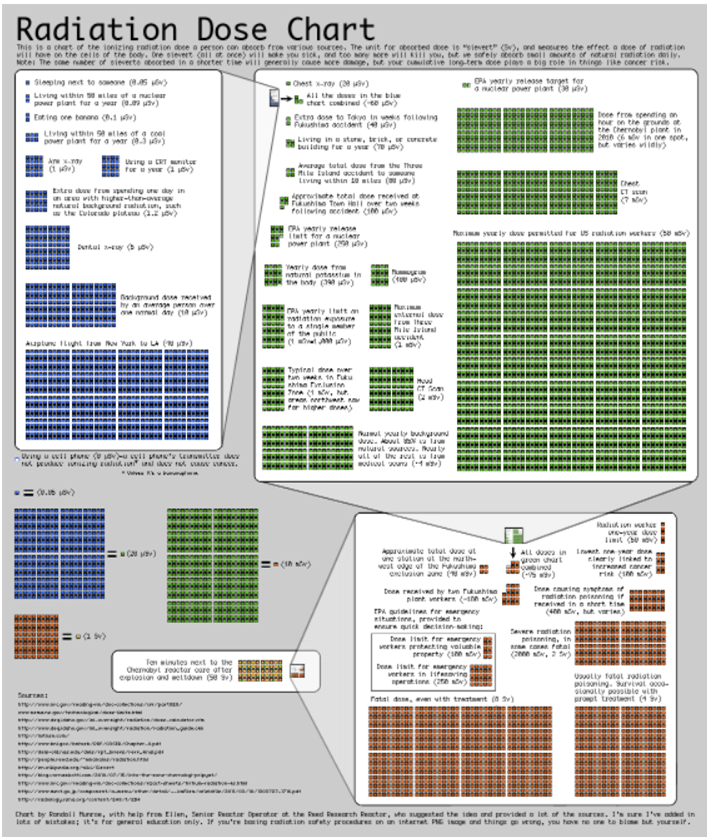
Radiological: Symptoms & Effect
Symptoms of Radiation
How Radiation Affects Your Body
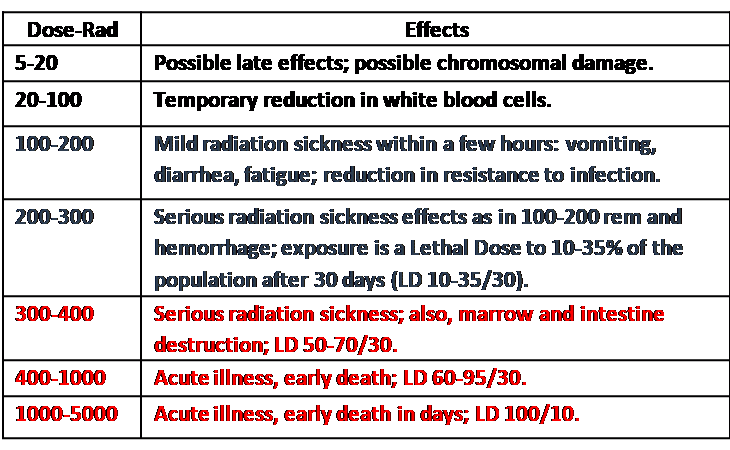
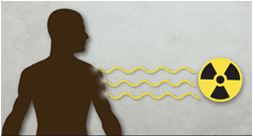

The cell repairs itself. The cell would then go back to normal.

The cell damage is not repaired or is incorrectly repaired, so the cell is changed. This change may eventually lead to cancer.

There is too much damage to the cell, and the cell dies. Cell death is not always a bad option. If a few radiation-damaged cells die, your body will recover, and you do not have the risk of those cells potentially turning into cancer. However, widespread cell death, such as that caused by high radiation doses, can lead to organ failure and, ultimately, death.
Chemical: Symptoms & Effect
Nerve
Symptoms
- difficulty breathing
- sweating
- drooling
- nausea
- vomiting
- convulsions
- dimming of vision
- headache
Effects
- incapacitates at low concentrations
- death at high concentrations
Rate of Action
- very rapid by inhalation or through the eyes
- slower through the skin
Release Form
- aerosol
- vapour
- liquid
Blood Choking
Symptoms
- difficulty breathing
- coma
Effects
- interference with respiration at cellular level or by interfering with oxygen transpo
Rate of Action
- rapid
Release Form
- aerosol
- vapour
Blister
Symptoms
- symptoms range from immediate to delayed
- searing of eyes
- stinging of skin
- powerful irritation of eyes, nose, and skin
Effects
- blisters skin and respiratory tract
- can cause temporary blindness
- some sting and form welts on the skin
Rate of Action
- blisters from mustard may appear several hours after exposure
- Lewisite causes prompt burning, redness within 30 minutes; blister on first and second days
- phosgene oxime cause immediate, intense pain
Release Form
- liquid
particulate
Biological: Symptoms & Effect
Bacteria and Rickettsia
Anthrax (Bacillus anthracis)
Routes of Infection
C, I
Untreated Mortality (%)
R : 80-90
Incubation Period
1-4 Days
Transmissibility
(Human to Human)
No
Plague (Yersinia pestis)
Routes of Infection
V, R
Untreated Mortality (%)
60
Incubation Period
2-3 Days
Transmissibility
(Human to Human)
High
Q Fever (Cociella burnetti)
Routes of Infection
V, R
Untreated Mortality (%)
< 1
Incubation Period
2-10 Days
Transmissibility
(Human to Human)
No
Tularemia (Francisella tularensis)
Routes of Infection
D, V, R
Untreated Mortality (%)
30-50
Incubation Period
2-10 Days
Transmissibility
(Human to Human)
No
Legend:-
R-respiratory system
D-digestive system
I-Ingestion
S-Skin
DC-direct contact
V-vector
Viruses
Smallpox (Variola major)
Routes of Infection
R
Untreated Mortality (%)
30
Incubation Period
10-12 Days
Transmissibility
(Human to Human)
High
Viral equine encephalitis (e.g. Western, Eastern, Venezuelan)
Routes of Infection
R, V
Untreated Mortality (%)
< 1
Incubation Period
2-6 Days
Transmissibility
(Human to Human)
Low
Viral haemorrhagic fevers (Ebola, SARS, COVID-19, Marburg, Lassa, Rift Valley, Dengue, etc.)
Routes of Infection
DC, R, V
Untreated Mortality (%)
Up to 90 (Virus dependent)
Incubation Period
3-21 Days
Transmissibility
(Human to Human)
Moderate
Legend:-
R-respiratory system
D-digestive system
I-Ingestion
S-Skin
DC-direct contact
V-vector
Toxins
Botulism (Botulinum neurotoxins)
Routes of Infection
D, R
Untreated Mortality (%)
60
Incubation Period
1-4 Days
Transmissibility
(Human to Human)
No
Ricin (Ricinus communis)
Routes of Infection
D, R
Untreated Mortality (%)
30
Incubation Period
Hours to Days
Transmissibility
(Human to Human)
No
Staphylococcal Enterotoxin B
Routes of Infection
D, R
Untreated Mortality (%)
< 1
Incubation Period
Hours to Days
Transmissibility
(Human to Human)
No
Staphylococcal Enterotoxin B
Routes of Infection
D, R, S
Untreated Mortality (%)
10-50
Incubation Period
–
Transmissibility
(Human to Human)
Yes (from skin contact)
Legend:-
R-respiratory system
D-digestive system
I-Ingestion
S-Skin
DC-direct contact
V-vector
CBRN Summary
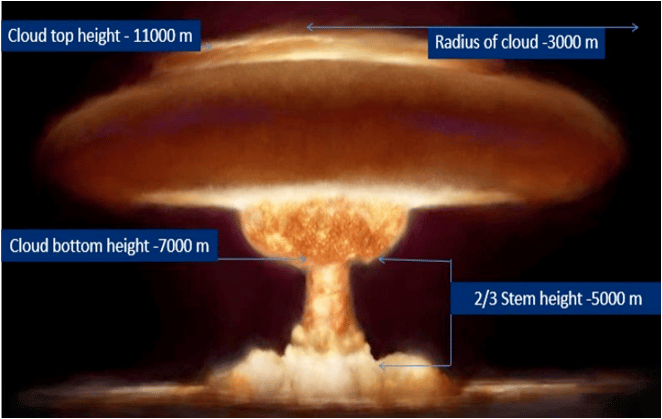
Chemical
Biological
Radiological
Nuclear
Conductive and Radiative EMP & TREE
EMP: E1 , E2 , E3 Susceptibilities
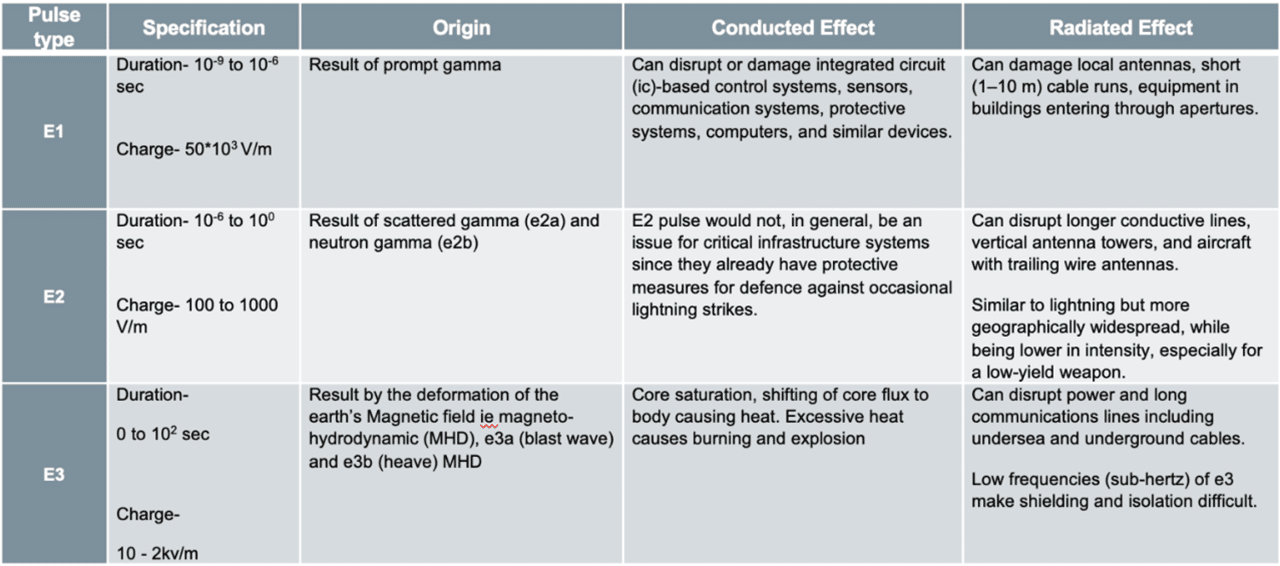
HEMP Coupling & Point Of Entries
- The electromagnetic field coupling to any electronic system or cable or component is a function of the signal frequency and electrical dimension of the receptor.
- The EMP frequency spectrum with significant amplitude lies up to 250 MHz. So any system working in this frequency range is going to be affected by the EMP.
- The major receptor of the EMP energy are long power transmission line, HF and VHF communication, Microwave tower, underground and buried cables, long wire antenna naval systems and airborne vehicles in flight.
- The EMP after penetrating into a system induces transient voltage and current, that causes the functional upset to a working system or permanent damage due to burn out of the semiconductor components or integrated circuits.
The susceptibility to electronic systems to EMP have been studied by earlier researchers. Susceptibility levels for various devices reported by them are shown in the table.
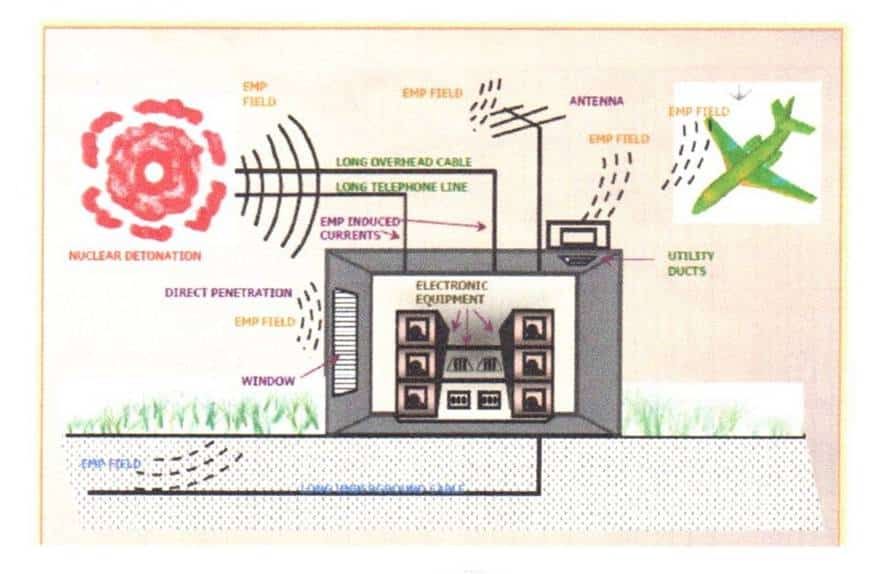
EMP: Protection Concept

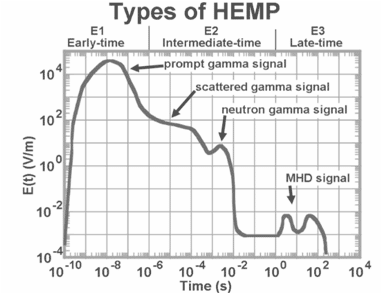
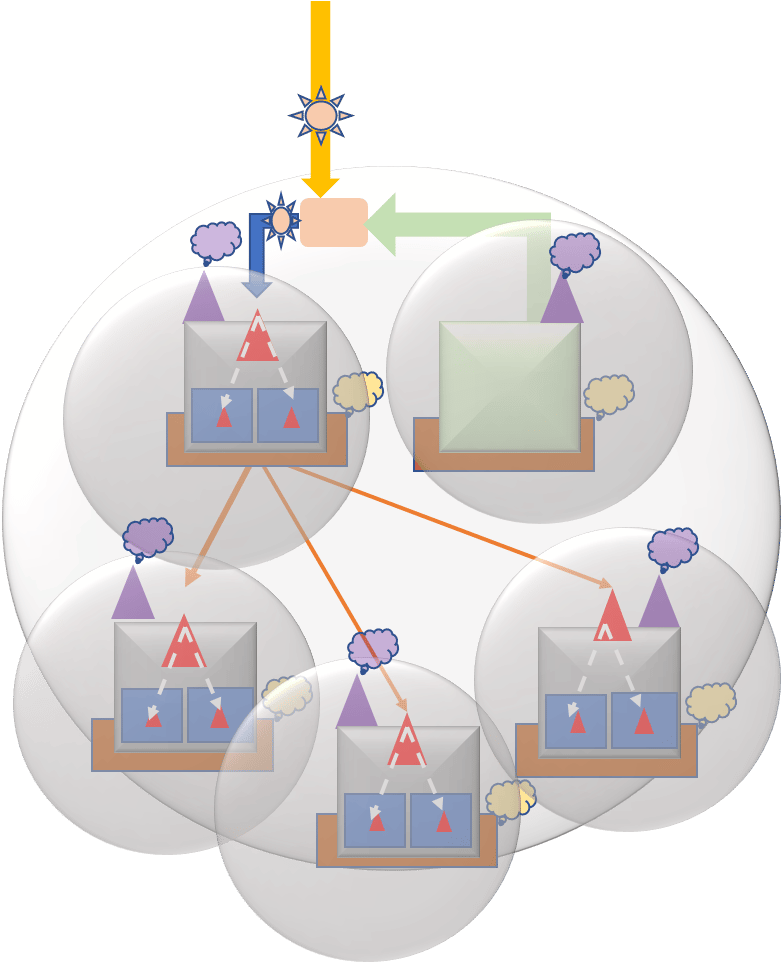
EMP: Validation(Through Frequency Domain & Time Domain Analysis)
This Pulse Current Injection system or PCI is used to measure the performance points of entry according to MIL standards. It is a highly durable system for military use.
As a pulse current injection system which will generate a peak current of 1.2kA and approximate source impedance of more than 60 ohms.
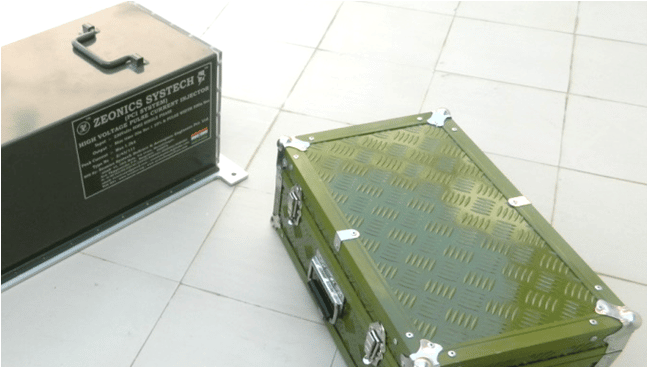
EMP: E3 HEMP/EMP Protector For High Value Assets
A critical high Voltage electrical isolator has been designed using unique materials, process and combined with the state of art technology in Pulse Power High Voltage and fast nano-second electronics and electrical engineering.
The entire system is so built that it is durable for high energy shocks, mechanical shocks, due to its capability of standing on its vibration shock mounts. The system operates pneumatically.
It can be remotely controlled or triggered into action
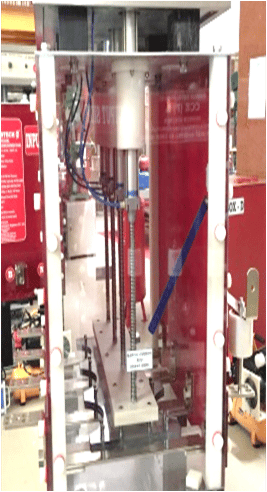
EMP/IEMI/TEMPEST Products


A shielded enclosure, the “Silent Room”, is crafted from composite panels, forming a sealed six-sided space. Acting like a Faraday cage, it blocks Electromagnetic, Acoustic, and RF signals, with a highly effective Air Quality Management System, offering protection from Thermal, Radio, Acoustic, Optical, and Electronic threats. This ensures top-tier privacy, meeting international standards at the apex level in Corporate and Government sectors. It can be newly designed or retrofitted into existing areas.
Salient Features of Silent Room
Some of the salient details of design and execution capabilities involved in the fabrication of the “Silent Room” are as follows: –
a. Overall structural, architectural, electrical, environmental and HVAC design including indoor a ir management of the complex.
b. EMP/IEMI/TEMPEST/ Geo-magnetic storms / Lightning protection ranging from 100KHz to 18GHz design within the shell for protection from external elements.
c. Shielded enclosures to counter espionage activities through Thermal, Acoustic, Radio, Optical and Electronic/ Electrical channels.
- RF protection – IEEE 299 (MIL 188-125-1 / IEC 61000 as applicable to client) (Certification).
- Optical isolation-Counter Security Practice SOPs.
- Optical isolation-Counter Security Practice SOPs.
- Protection of communication lines – CERT-IN (Certification) based on requirement of client.
- Isolation of smart controls (BMS) within the premises. (Certification of Compliance).
- Cleanliness of premises and electronic devices from bugs/malwares. Technical Counter Security Practice SOPs (Certification of Compliance) and asymmetric cryptographic tools for encryption of data files, based on clients’ requirement.
d. Integrated Conditional Access System using state of art sensor network, centrally controlled through Artificial Intelligence enabled Building Management System as per the client’s requirement.
e. State of art DEMO Room built for EMP/IEMI/ TEMPEST, and acoustic design for threat mitigation as Proof of Concept.
f. USP in overall design and execution, which can be taken up as a Turnkey under one roof.
Walls Have Ears

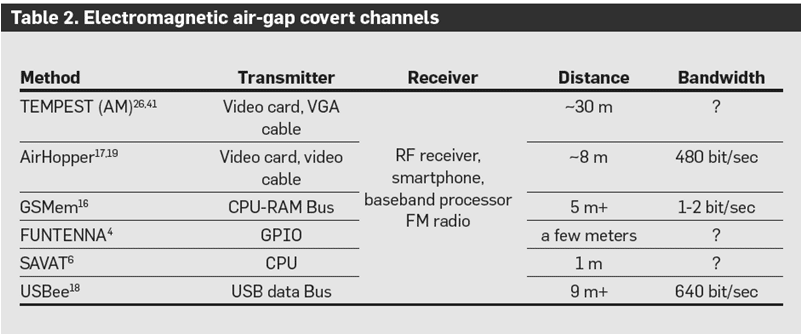

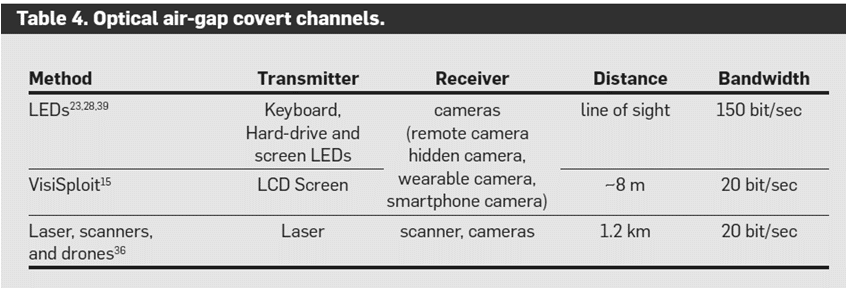
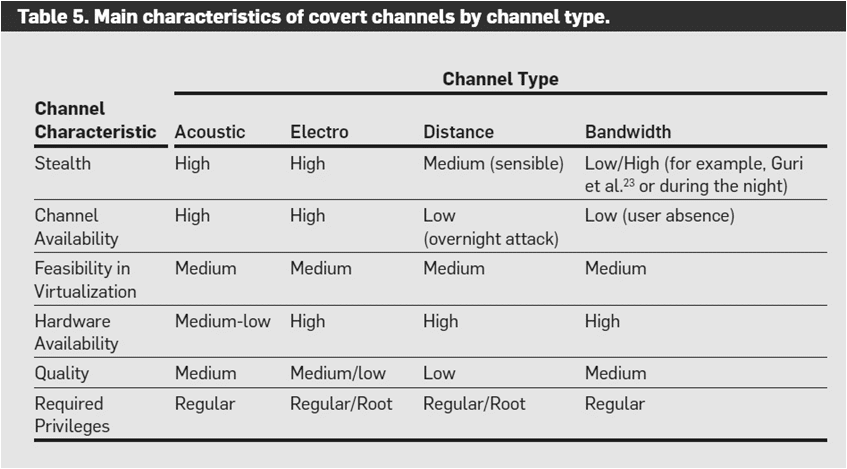
Salient Features of Silent Room
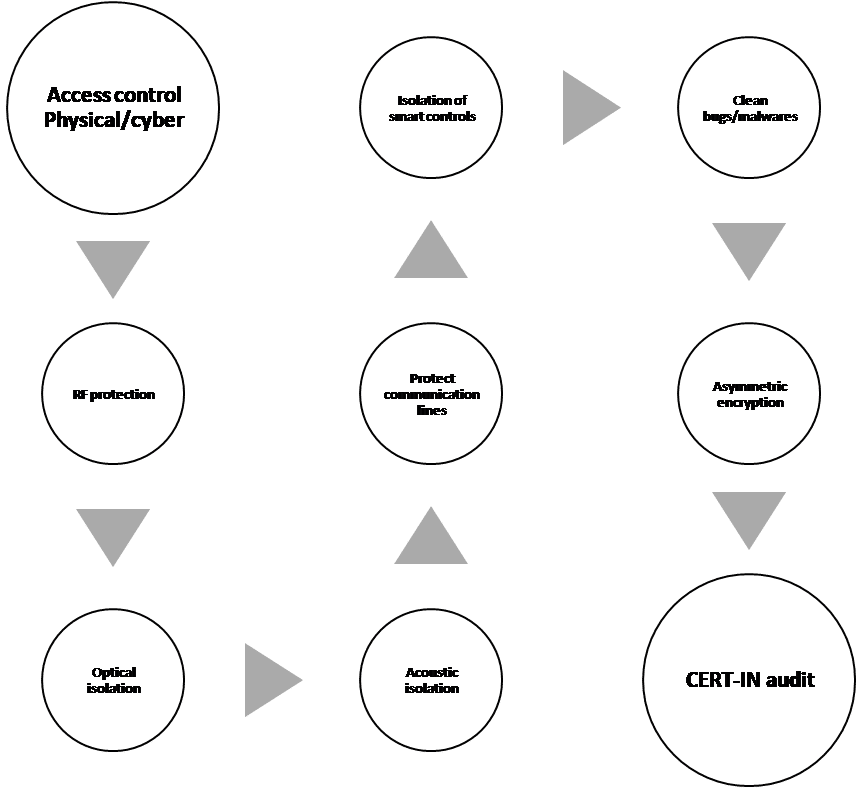

Silent Room: Now walls won't have ears
Your Gateway to Unmatched Privacy and Security! Discover how the Silent Room redefines confidentiality standards, offering impenetrable protection against electromagnetic, acoustic, and RF signals, while ensuring optimal air quality. Explore its unique features and applications in safeguarding classified information and confidential conversations. Watch now!
Experience the future of security with the Silent Room. We invite you for an exposition and a guided tour of our facility (Gurgaon, India), constructed exclusively for technology demonstration purposes.
Please RSVP using the provided contact details. https://qrcc.me/s0cggh8myz8j or contact us : contactus@envirya.in.
QR CODE FOR RSVP:

Air Quality Management
The air quality management technology utilizes proprietary technology to monitor and regulate levels of overall air quality and various air pollutants to ensure a healthy and safe environment. Real-time air quality management through proprietary technology to include: O2, O3, CO2, TVOC, SOX, NOX, Radon, Smoke, PM 2.5 & 10, Proximity, Flow, Temperature and Humidity.

Need For Air Quality Management
It is important to manage indoor air quality because people spend a significant amount of time indoors. Poor indoor air quality can lead to a range of health problems such as respiratory and cardiovascular diseases, allergies, asthma, and other illnesses. Some of the air pollutants, such as CO2, O2, and Radon, are odourless and can go unnoticed, making it even more important to regularly monitor and manage indoor air quality in both residential and commercial spaces.
PM 2.5 & 10, which are tiny particles, can enter the lungs and cause damage, while high levels of NOX, SOX and TVOC can lead to headaches, nausea, and irritation of the eyes and throat. Managing indoor air quality involves controlling these pollutants through proper ventilation, air filtration, and regular maintenance of heating, ventilation, and air conditioning (HVAC) systems.
Maintaining appropriate levels of O2, Temperature and Humidity is also crucial for occupant comfort, proper cognitive functioning and preventing the growth of mold, bacteria, and other allergens. Overall, proper management of indoor air quality is essential for creating and maintaining a safe and healthy environment for building occupants.




Turnkey solutions for Air Quality Management
Envirya Projects shall be responsible for the Air Quality management for your commercial and residential spaces, and shall provide turnkey solutions to include:-
- Placements of sensors and monitoring of air pollutant levels, air elements, TVOC/TICs and Radon levels (basements).
- Platform for setting up upper and lower limits for initiation of the systems to get the air quality within the specified range.
- Identification, placement and integration of systems to ensure the air quality is kept under control.
Note: All systems are our own proprietary and are built inhouse. We provide turnkey solutions for your Air Quality Management needs, including software, hardware and integration thereof.

Passive and Active Acoustic Isolation
Eavesdropping through the acoustic spectrum is a real threat. The Silent Room counters this with proprietary passive acoustic isolation and active acoustic masking.
Passive Acoustic Isolation
With multi-layered proprietary acoustic protection, exclusive panel designs, specialised acoustic doors, and crosstalk acoustic attenuators, the Silent Room ensures that confidential conversations remain private.
Introducing EchoShield: Revolutionary Passive Acoustic Management for Enhanced Room Acoustics and Soundproofing. Immerse in Perfect Sound, Privacy, and Acoustic Excellence with our Proprietary Acoustic Panels and Doors.
Executive Summary
Achieving optimal room acoustics and soundproofing is a constant challenge in various environments, including recording studios, home theaters, conference rooms, and offices. Introducing EchoShield, a cutting-edge solution that combines proprietary acoustic panel design and acoustic doors to revolutionize passive acoustic management. With EchoShield, you can transform any room into an acoustically optimized and soundproofed space, ensuring crystal-clear audio quality, privacy, and an exceptional auditory experience.
Key Features and Benefits:
- Proprietary Acoustic Panel Design: EchoShield employs state-of-the-art acoustic panels that are specifically engineered to provide superior sound absorption, diffusion, and reflection properties. Our panels utilize advanced materials and construction techniques to ensure optimal performance across a broad range of frequencies. The proprietary design optimizes the panel’s shape, thickness, and density to effectively mitigate echoes, standing waves, and other acoustic anomalies, resulting in enhanced sound clarity and intelligibility.
- Passive Acoustic Protection: EchoShield goes beyond traditional acoustic treatment by incorporating proprietary layers on all six sides of the room, providing comprehensive passive acoustic protection. These proprietary layers, including the walls, ceiling, and floor, are designed to effectively block external noise intrusion and minimize sound leakage, ensuring a tranquil and undisturbed environment. With EchoShield, you can enjoy uninterrupted focus, privacy, and freedom from disruptive noise pollution.
- Superior Soundproofing: EchoShield’s acoustic doors are meticulously crafted to provide exceptional soundproofing capabilities. Our proprietary door design combines multiple layers of sound-damping materials, such as dense acoustic foam and vibration-resistant structures, to effectively block airborne and impact noise transmission. The doors also feature airtight seals and precision engineering, further enhancing their soundproofing performance. Enjoy privacy and seclusion without compromising on style and functionality.
- Customizable Aesthetics: EchoShield understands the importance of blending acoustic excellence with visual appeal. Our acoustic panels and doors offer a wide range of customizable options, including colors, finishes, and designs. Whether you seek a sleek and modern aesthetic or a classic and timeless look, EchoShield can be tailored to seamlessly integrate into any interior design, creating an inviting and aesthetically pleasing space.
- Professional Expertise and Installation: EchoShield provides professional expertise throughout the entire process, from initial assessment to installation. Our team of acoustic specialists will analyze your room’s unique characteristics and requirements, offering tailored recommendations to optimize acoustic performance. We ensure precise and efficient installation of the proprietary acoustic panels and doors, guaranteeing optimal results and customer satisfaction.
Conclusion:
EchoShield sets a new standard for passive acoustic management, combining proprietary acoustic panel design and acoustic doors to transform any room into a haven of perfect sound, privacy, and acoustic excellence. With its advanced technology, comprehensive protection, superior soundproofing, customizable aesthetics, and professional expertise, EchoShield is the ultimate solution for recording studios, home theaters, conference rooms, and offices. Elevate your acoustic experience with EchoShield and immerse yourself in a world of pristine sound quality and tranquility.






Active Acoustic Isolation
Its active acoustic masking technology distorts room-generated acoustic signals, rendering them unintelligible to external parties and devices.
Introducing SoundShield: Advanced Acoustic Espionage Protection through Proprietary Active Acoustic Masking. Secure Your Confidential Conversations with Cutting-Edge Technology and Unparalleled Acoustic Distortion.
Executive Summary:
In today’s interconnected world, the risk of acoustic espionage poses a significant threat to sensitive conversations and confidential information. Introducing SoundShield, a groundbreaking solution that leverages proprietary active acoustic masking technology to protect your privacy and prevent eavesdropping. With SoundShield, you can ensure that conversations within a room remain unintelligible and impervious to digital and acoustic interception, thanks to our advanced proprietary AI algorithms. Experience unparalleled security and peace of mind with SoundShield’s revolutionary acoustic distortion capabilities.
Key Features and Benefits:
- Proprietary Active Acoustic Masking Technology: SoundShield employs an innovative active acoustic masking technology that processes the acoustic signal generated within the protected room. Our proprietary AI algorithms distort the signal to an extent that renders it incomprehensible to both individuals and gadgets outside the room, digitally and acoustically. This cutting-edge technology ensures that confidential conversations remain private and impervious to eavesdropping, thwarting any attempts at acoustic espionage.
- Unparalleled Acoustic Distortion: SoundShield’s proprietary AI algorithms generate a complex pattern of acoustic distortion that effectively obscures the original audio signal. The distortion is specifically tailored to make speech unintelligible, making it virtually impossible for any eavesdropping devices or sophisticated AI tools to reconstruct the conversation. By introducing controlled noise and interference, SoundShield maintains the utmost security and prevents any unauthorized access to sensitive information.
- Digital Infeasibility: SoundShield’s acoustic distortion techniques are designed to counteract modern AI tools used for speech recognition and analysis. The proprietary algorithms introduce unpredictable variations in the audio signal, rendering it extremely difficult for AI algorithms to accurately separate and interpret the distorted speech. Even with the most advanced AI technologies, digital deconstruction of the conversation becomes nearly impossible, providing an additional layer of protection against potential espionage.
- Flexible and Customizable Solutions: SoundShield offers flexible and customizable solutions to meet the specific needs of different environments. Whether it’s a boardroom, executive office, government facility, or confidential meeting room, our team of experts works closely with clients to understand their requirements and tailor the acoustic masking system accordingly. SoundShield can be seamlessly integrated into existing room infrastructure, ensuring hassle-free installation and operation.
- Discreet and Seamless Operation: SoundShield operates silently and discreetly, without any noticeable impact on the room’s ambiance or conversation flow. The proprietary technology seamlessly blends with the room’s aesthetics, ensuring that the protection provided is unobtrusive. Enjoy secure conversations without any disruption, confident in the knowledge that SoundShield is actively safeguarding your privacy.
Conclusion:
SoundShield sets a new standard in acoustic espionage protection, utilizing proprietary active acoustic masking technology and advanced AI algorithms to secure confidential conversations. By introducing unparalleled acoustic distortion, SoundShield ensures that conversations within protected rooms are incomprehensible to eavesdroppers, both digitally and acoustically. With its digital infeasibility and customizable solutions, SoundShield provides peace of mind in the face of acoustic espionage risks. Safeguard your privacy and protect sensitive information with SoundShield—the ultimate solution for acoustic security.



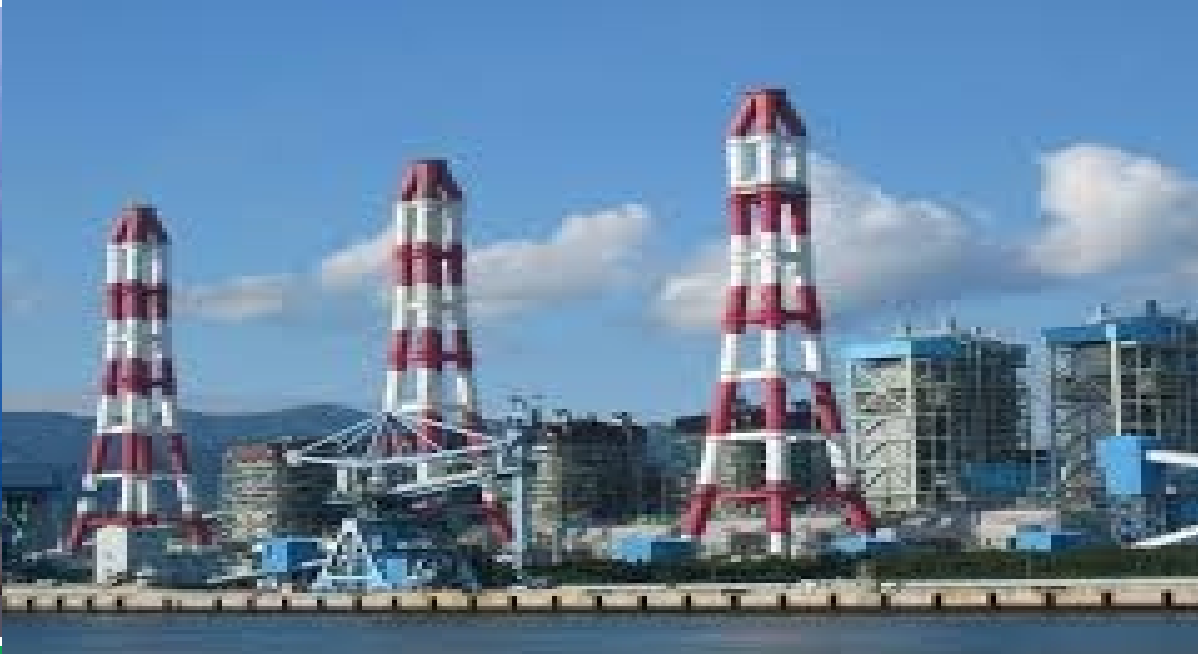
Curec+ Catalog
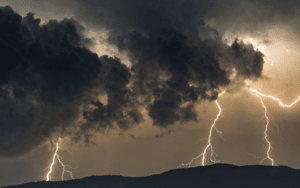
Lightning Managment and Alert System Broucher








